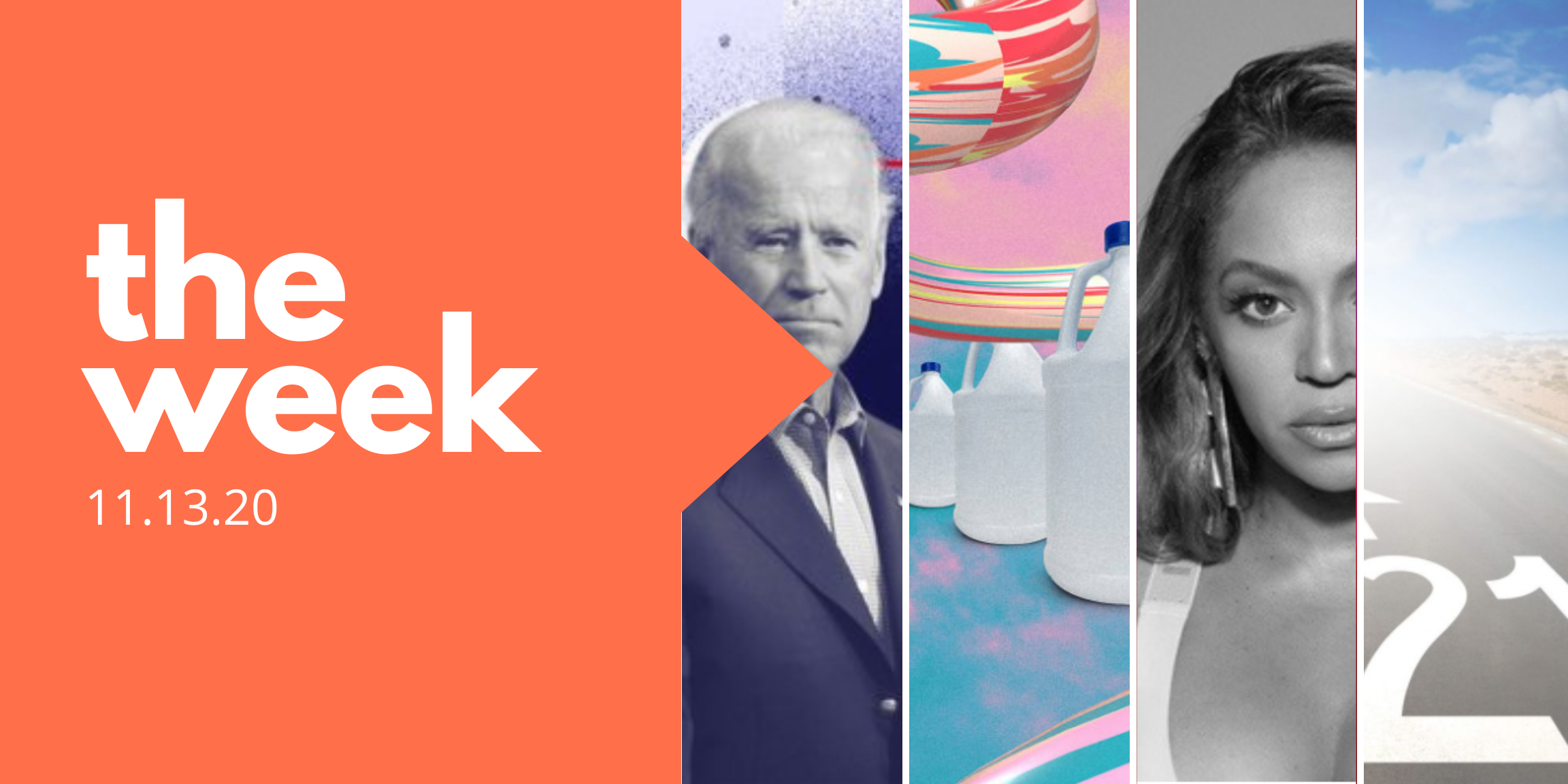Gone are the days of the passive couch potato. Today’s television viewers are more engaged and emotionally connected than ever, as networks encourage them to use social channels to react to programming.
That can be a good thing for brands, as long as they follow two simple rules: be creative and be natural.
While some producers may use social to deliver shows directly to consumers, the Internet did not kill TV nor will it replace it. Americans are watching more television than ever, while Internet usage grows exponentially. And with social media as the norm for staying connected and consuming content, it’s only natural that these mediums converge and emerge as a very powerful media force.
The integration of social and TV offers a more exciting and engaging experience that TV alone can’t offer. TV viewers are encouraged to show support for their favorite Idol on Twitter or Facebook to influence the winning vote; viewers take to social to chat in real-time about a winning (or not so winning) Dancing with the Stars performance; and during awards show season, my Facebook news feed is flooded with commentary on who wore what best, outstanding performances or fashion no-no’s. Fifty-six percent of Social TV viewers engage and interact online during program broadcasts, and 95 percent of online public conversation around TV happens on Twitter. Even if I’m unable to watch, I still feel like I’m in the know, but if I chose to DVR the programming, most of the surprises have now been revealed.
So who has figured out how to make the social-TV relationship work? Kia is a great example. Its integrated Super Bowl campaign resulted in fans engaging with the brand for longer and interacting more consistently. Kia’s advice to brands looking to mix TV, digital and social? “Be like water, be fluid, adapt and adjust.”
The use of social within an otherwise traditional medium allows brands to redefine TV as a growing new media, and presents opportunities for marketers to connect with existing and potential new audiences. But social and TV won’t work together without a solid strategy that fosters an organic relationship between the brand and the various mediums. Today’s consumers are savvy and won’t react well to or engage with forced social integration or product placement.
It’s an exciting but potentially daunting opportunity for advertisers who don’t have the big brand budgets. The key is to understand who your customer is and match that profile to the appropriate social platform and means of engagement. This can be as simple as dayparting your mobile ads to coincide with the times your TV campaign is running, updating Facebook to be relevant to the viewer you are trying to reach, or implementing a targeted Facebook campaign around select shows. But don’t include a social CTA element in your TV advertising unless the consumer is going to find value in it. Will they influence a winning vote, or could their content be broadcast widely? If the reward isn’t compelling enough, engagement will be low.
Marketers should seize the new opportunities available to extend the conversation from the couch to social channels and strengthen viewer engagement. The conversations are already buzzing from the couch, so – guided by smart strategy – it’s time for brands to listen, evaluate and join in.







